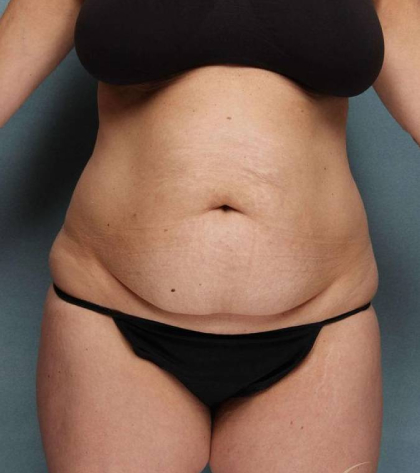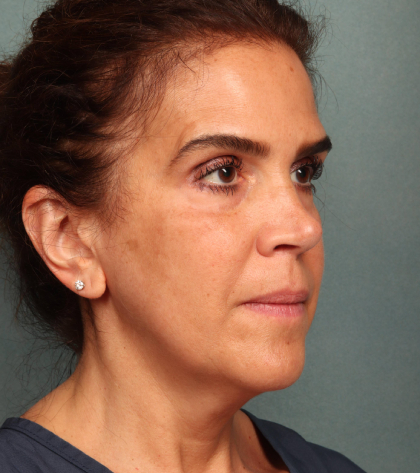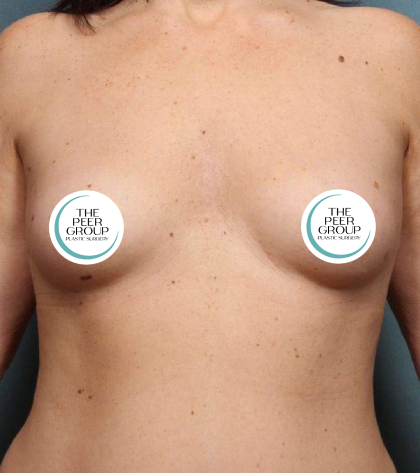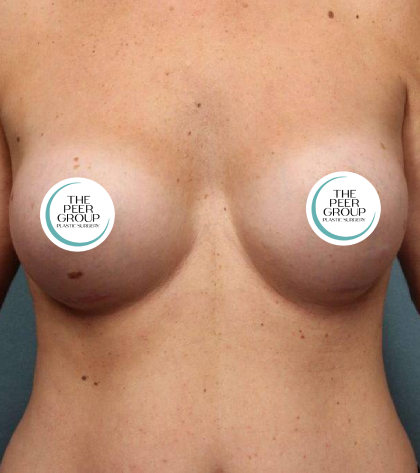Debunking the Myths: What You Need to Know About Breast Lifts
The quest for a youthful silhouette leads some people to consider breast lift surgery. By restoring the naturally youthful shape and perkiness of the bustline, this cosmetic procedure has become a popular choice for many. Despite its popularity, however, there are many myths and misconceptions surrounding getting a breast lift […]
Read More







